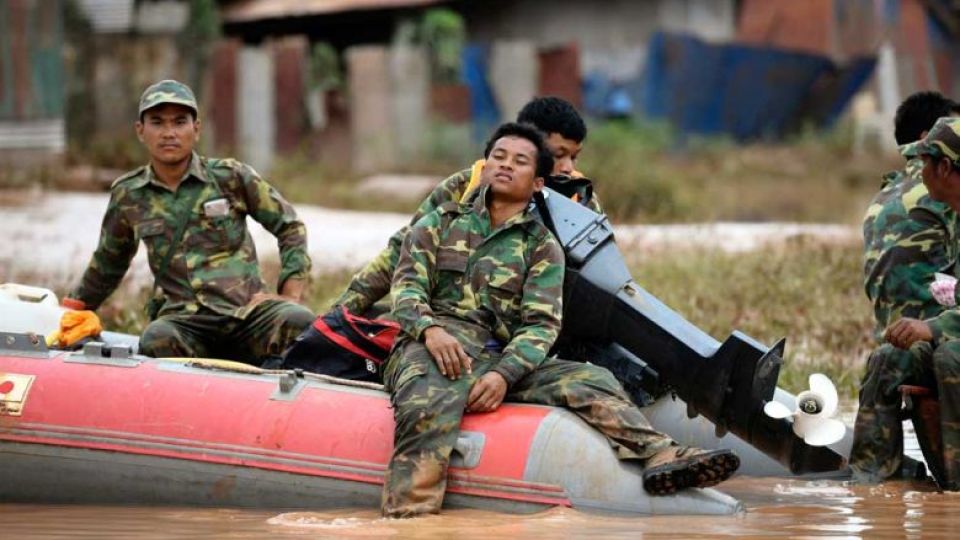February 15, 2022
VIENTIANE – Lao Ministry of Natural Resources and Environment has outlined new measures in relation to climate change, aiming to cut greenhouse gas emissions to zero by 2050. The measures will strengthen Laos’ capacity to accommodate changing weather patterns.
An event to launch the documents specifying the new measures took place in Vientiane on Friday, chaired by Deputy Minister Phouvong Luangxaysana and attended by officials and representatives from related sectors.
Speaking at the event, Phouvong said it was impossible not to release CO2 into the atmosphere.
However, the ministry’s plan is to increase green spaces to 70 per cent of the country’s land area so that more trees will be available to absorb the carbon dioxide emitted by industry and other processes. Carbon dioxide is the major source of greenhouse gas emissions worldwide.
The documents issued by the ministry in support of zero carbon emissions include the second National Determined Contributions. The first edition of this document was compiled in 2015 but the latest edition makes improvements and provides more specific instructions on the reduction of greenhouse gases, as well as ways to strengthen local infrastructure and protect people from the effects of climate change.
The updated version of the document specifies the goal to reduce greenhouse gas emissions to zero by 2050. The second document contains maps of areas affected by climate change among the country’s 148 districts. These areas are important in drawing up plans to mitigate the effects of climate change.
Another document contains technical vocabulary and includes over 250 words related to climate change which will be used in the work carried out by central and local government agencies.
Climate change adaptation is mainstreamed into socio-economic development planning in Laos in both the medium- and long-term.
According to edgeportal.worldbank.org, Laos has low capacity to adapt to climate change because of poor socio-economic development.
From 1970 to 2010, 33 natural hazard events (mostly floods and droughts) were registered, affecting almost nine million people and causing economic damage of over $400 million.


